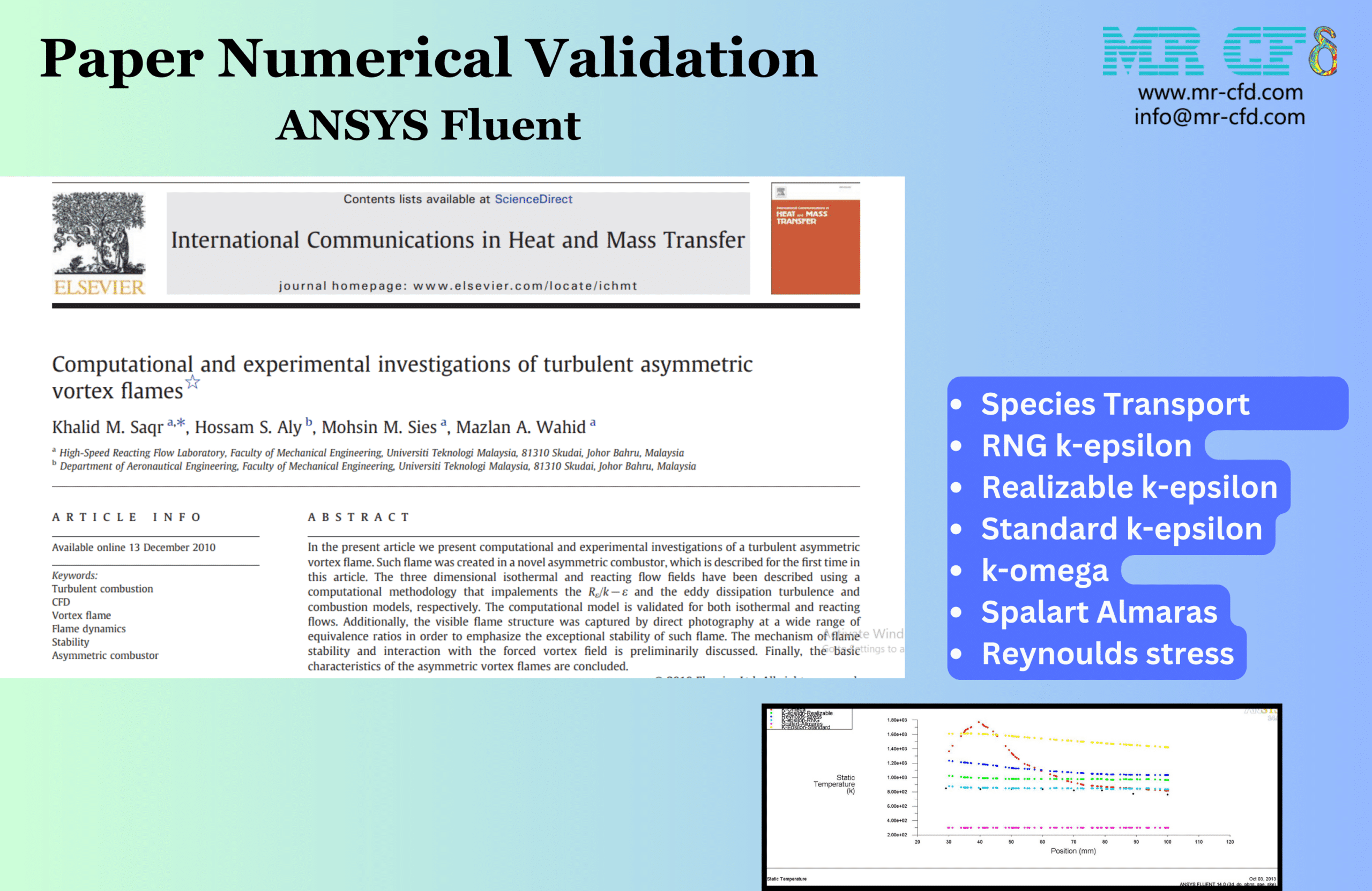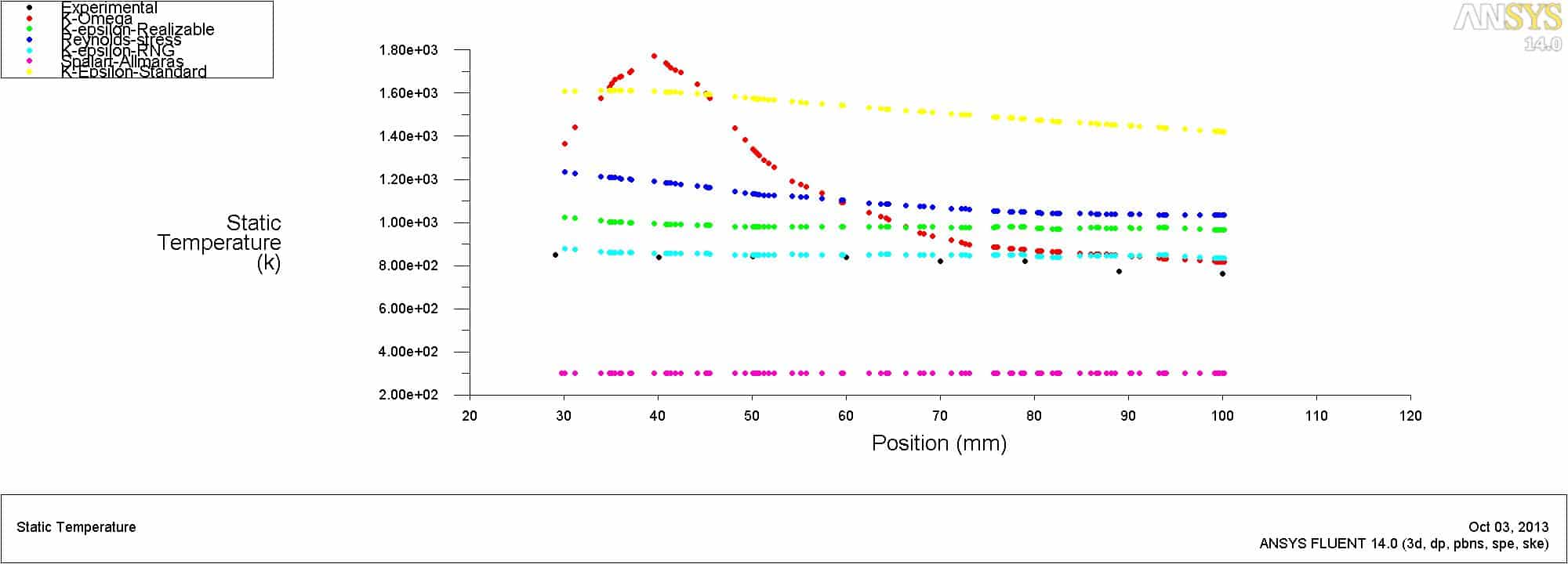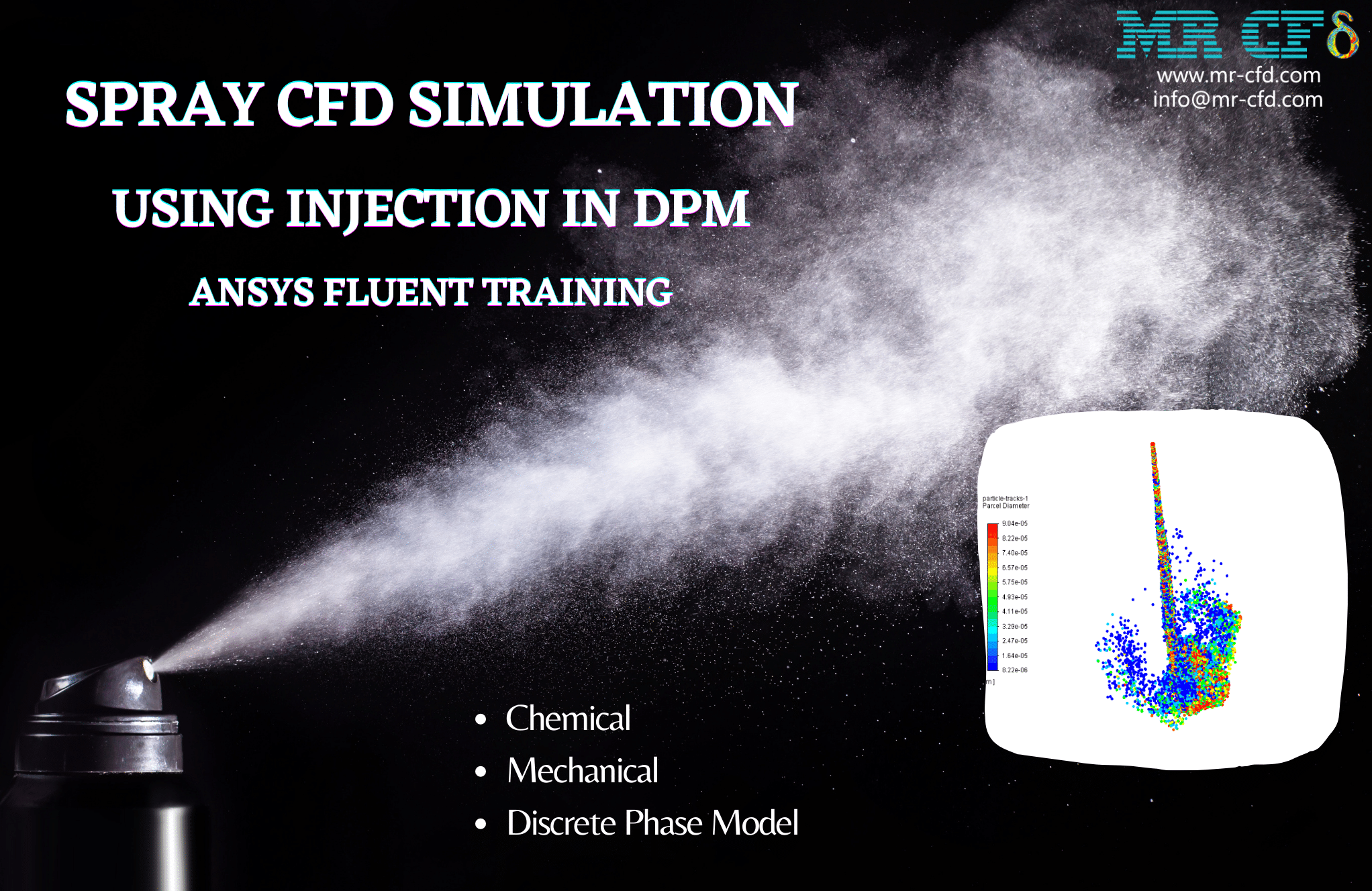Turbulent Asymmetric Vortex Flame CFD Simulation, Paper Numerical Validation
$320.00 $160.00 Student Discount
- The current CFD Analysis numerically Validates the Paper “Computational and experimental investigations of turbulent asymmetric vortex flames” via ANSYS Fluent software.
- We have designed and meshed the geometry using GAMBIT®, producing unstructured 375,534 cells.
- The Species Transport model is used to simulate the reaction.
- The turbulent flow is simulated using these turbulence models: RNG k-epsilon, Realizable k-epsilon, Standard k-epsilon, k-omega, Spalart Almaras and Reynolds stress.
To Order Your Project or benefit from a CFD consultation, contact our experts via email (info@mr-cfd.com), online support tab, or WhatsApp at +44 7443 197273.
There are some Free Products to check our service quality.
If you want the training video in another language instead of English, ask it via info@mr-cfd.com after you buy the product.
Description
Description
In this project, a turbulent asymmetric vortex flame created in a novel asymmetric combustor is simulated using ANSYS Fluent software. The study aims to validate a paper entitled “Computational and experimental investigations of turbulent asymmetric vortex flames.”
The intricate interplay between vortical structures inside a turbulent flow and combustion processes is what defines a turbulent asymmetric vortex flame. Asymmetric vortices vary in size, shape, and intensity from symmetrical vortices, which are homogeneous and predictable. This results in a less predictable and more chaotic flame structure. High Reynolds numbers within such a flame drive the turbulent flow, suggesting that inertial forces predominate over viscous forces. This leads to a highly entangled flame front and a wide range of eddy diameters. Heat transport and mixing are improved by the contact of the flame front with the vortices, which is essential for effective combustion.
Turbulent asymmetric vortex flames are commonly encountered in various engineering applications, including Combustion Engines, Industrial Furnaces, Power Generation, etc.
The geometry of this project is designed and meshed inside GAMBIT®. The mesh type used for this geometry is unstructured and the total element number is 375,534 cells.
Methodology
The species transport model is used to analyze the combustion process. A mixture of air and methane is used as the fuel mixture. The eddy-Dissipation method has been used to investigate the chemical-turbulent interaction of combustion reactants. Also The incompressible-ideal-gas equation has been used for the density of mixture properties.
Conclusion
As the most important result that provides the temperature distribution along the position, simulating this problem with the different turbulence models, shows that the RNG k-epsilon model gives a very close result to the experimental data.







Alessandro Quitzon –
What specific experimental data from the validated paper was used to ensure the accuracy of the CFD results?
MR CFD Support –
In the validation process, the CFD simulation results were compared against experimental measurements of temperature distribution, species mass fraction, velocity, and pressure profiles as outlined in the paper. The RNG k-epsilon turbulence model provided close agreement with the experimental data for temperature distribution along precise points in the combustor. This confirms the accuracy of the simulation.
Mrs. Virginia Reichert DVM –
Truly impressed with how well the RNG k-epsilon turbulence model aligns with experimental data for such complex reactions! It gives me confidence in the reliability of my simulations.
MR CFD Support –
Thank you for your positive feedback! We’re glad to hear that the results of the turbulent asymmetric vortex flame simulation met your expectations and gave you confidence in your simulations. The RNG k-epsilon model is indeed very useful for handling complex flows with combustion. If you need further support or have any more insights to share, we are always here to help!
Layne Jacobi –
The simulation seems comprehensive, but I’m wondering how do the vortex structures impact the combustion efficiency within the combustor?
MR CFD Support –
The presence of vortical structures within the combustor enhances the mixing of the reactants which consequently improves the combustion efficiency. These asymmetric vortices increase the contact area between fuel and oxidizer and create intense turbulence that promotes faster chemical reaction rates leading to more complete and efficient combustion.
Raheem Kautzer –
I was extremely impressed with the iterative simulation approach in this tutorial. Not only did it emulate the experimental data cited in the referenced paper with high fidelity, but the comprehensive explanation of the species transport model setup provided insights that are directly applicable to my current research work in combustion engines. Fantastic job demystifying the challenging topic of turbulent asymmetric vortex flames!
MR CFD Support –
Thank you for your kind words! We’re thrilled to know that our tutorial has contributed valuable insights to your research and that you’ve found our approach towards simulating turbulent asymmetric vortex flames helpful. Understanding the complexities of such simulations is crucial, and we’re glad you appreciate the detailed explanations provided. If you have further questions or need more information for your work, feel free to reach out to us.
Prof. Jasen Tremblay I –
I was impressed by the thoroughness of your study on turbulent asymmetric vortex flames. Can you share which paper the study was comparing the CFD results with for validation?
MR CFD Support –
We’re glad to hear you appreciated the depth of the study. The CFD results were compared for validation with the paper entitled ‘Computational and experimental investigations of turbulent asymmetric vortex flames’ to ensure accuracy and reliability of our simulation outcomes.
Prof. Isaiah Boehm –
Can this simulation also be adapted to environments with alternative fuels to methane, for studying their turbulent combustion characteristics?
MR CFD Support –
Yes, the simulation can certainly be adapted to alternative fuels. To study their turbulent combustion characteristics, one would need to input accurate thermodynamic and chemical kinetic data for the alternative fuels into the species transport and combustion models used in ANSYS Fluent.